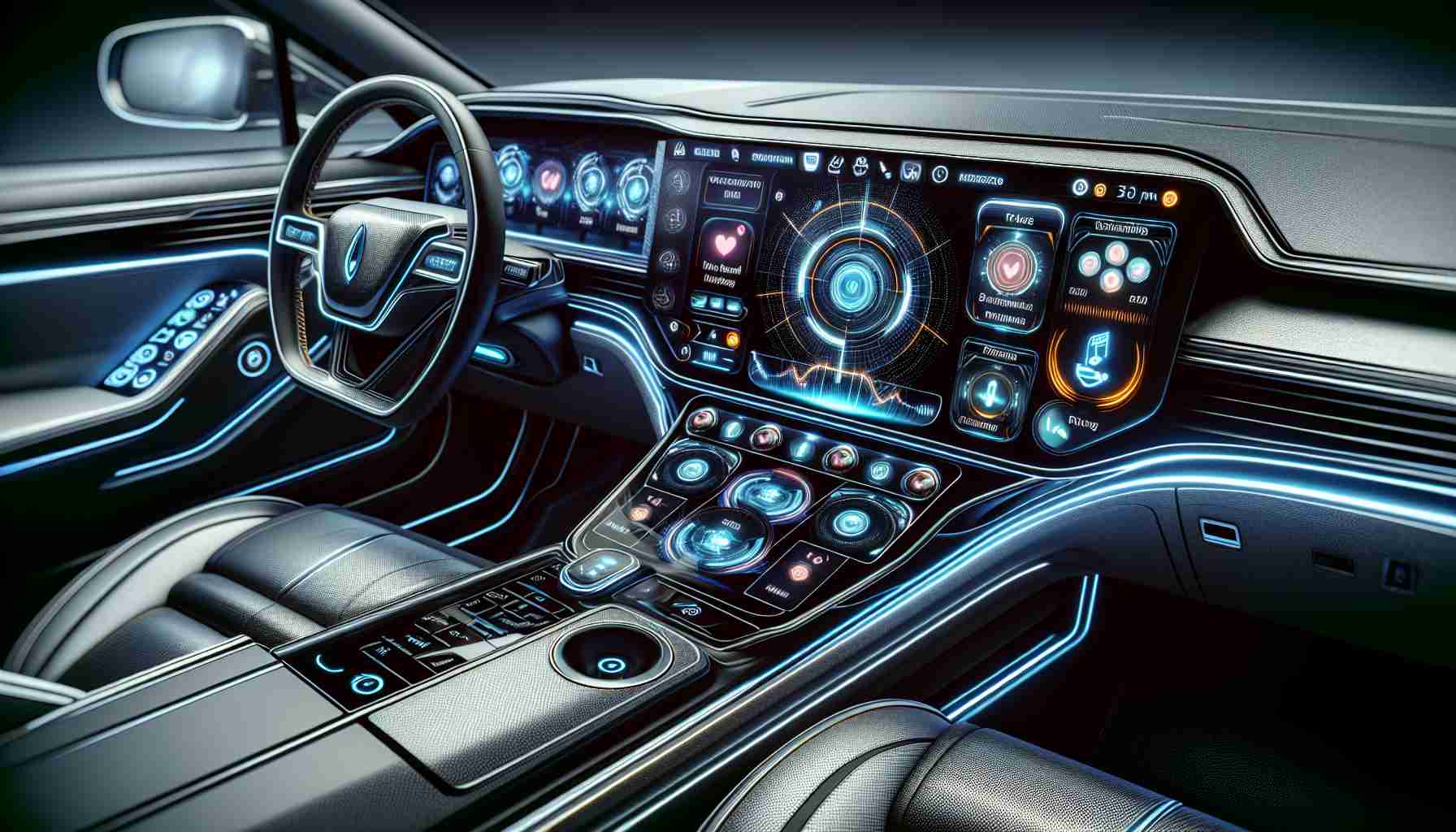The landscape of in-vehicle interfaces is poised for a major shift as Apple announces an overhaul to its CarPlay system, targeting a superior level of personalization. The upcoming version, which dazzled attendees at WWDC24, promises a bespoke experience for both drivers and automakers, empowering them to finely tune aspects like gauge clusters and infotainment displays.
The Era of Interface Personalization
In the ever-evolving automotive space, the expectation for technology to keep pace is clear. As screens within cars grow and EVs push the boundaries further, Apple has acknowledged these changes and is set to introduce a CarPlay that grants manufacturers a broader spectrum to craft unique environments with customized layouts, typefaces, and key data such as maps and audio playing systems.
Automakers’ Diverse Reactions to CarPlay
While some manufacturers like General Motors have opted out of CarPlay for their EV ranges in favor of alternative systems, companies like Ford and Porsche are gearing up to integrate the forthcoming enhancements into their vehicles. For these brands, Apple’s aim is to deliver easy access to vital car stats while offering layers of customization for a more engaging driving experience.
Function Meets Form in Gauge Customization
The dashboard’s keynote features, such as the speedometer and gauge readings, will not only remain a staple but will also gain flair with a new variable font system offering an array of aesthetic choices. In conjunction with style, functionality is also bolstered; cruise control and speed limiter indicators are designed for comprehensibility at a glance, and EV-specific metrics receive detailed visual representation, highlighting information such as power distribution in hybrid vehicles with finesse.
Composing the Ultimate Cockpit
Despite the foundational gauges being fixed elements, secondary metrics provide an array of optional data points for customization enthusiasts. Every driver can design their interface to echo their preferences, whether minimalist or packed with information. With the new CarPlay, users can expect to see an intricate blend of essential vehicle statistics with ‘dynamic content’ such as navigational aids, reshaping the interactive space within their cars.
It is important to note that what was revealed only scratches the surface of potential enhancements, leaving industry watchers and consumers alike eager to see the extent of customization that will ultimately be available to them.
Most Important Questions and Answers:
1. What is the key goal of the next generation of Apple CarPlay?
The next-generation Apple CarPlay aims to revolutionize in-car interfaces by providing a superior level of personalization. It allows for customized gauge clusters, infotainment displays, and the inclusion of dynamic content like maps and media.
2. How have automakers reacted to this announcement?
Automakers have shown a diverse range of reactions. While some like General Motors may prefer their alternative systems for electric vehicles (EVs), others like Ford and Porsche are enthusiastic about integrating Apple’s updated CarPlay features into their future vehicle designs.
3. What functionality does the new CarPlay offer?
The updated CarPlay will offer greater customization in gauge clusters with various aesthetic choices through a new font system and detailed visual representation of EV-specific metrics. It also aims to enhance the functionality by displaying vital car stats and dynamic content such as navigation aids more comprehensively.
Key Challenges or Controversies:
The primary challenge with introducing an advanced system like the new CarPlay is ensuring compatibility and integration across a variety of vehicle platforms from different manufacturers. There may also be controversies regarding data privacy and how much vehicle data Apple will have access to.
Advantages:
– Enhanced personalization allows drivers to tailor their in-car interface to suit their preferences.
– Improved functionality with clear display of vital car statistics and dynamic content.
– Potential for a more engaging and interactive driving experience.
Disadvantages:
– Possible data privacy concerns with the integration of personal devices and vehicle systems.
– The need for automakers to allocate resources to support and integrate with the new CarPlay system.
– The risk of increased driver distraction due to the complexity and rich content of in-vehicle displays.
For more related information, you can explore the main domains for Apple and leading automakers who frequently collaborate with tech companies, such as Ford and Porsche. Though other car manufacturers may have their own in-car technologies, they often still maintain pages that discuss connectivity and user interfaces, which would be relevant to those interested in the advancements of car infotainment systems.
